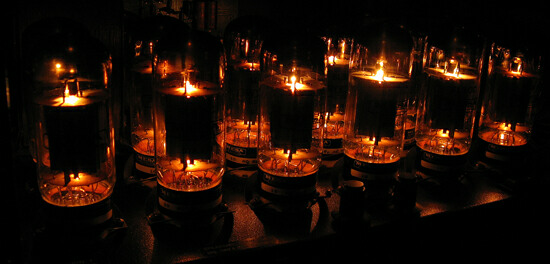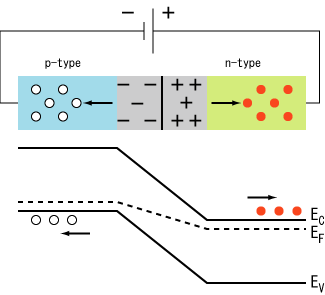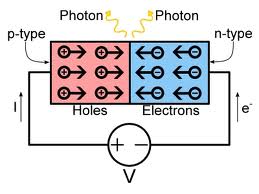 Loading... Please wait...
Loading... Please wait...- About Us
- LED Flood Lights
-
LED Lighting Projects
- Tennis Court LED Lighting Projects & Upgrades
- Netball Court LED Lighting - Case Studies & Projects
- Sporting Oval & Sports Field LED Lighting - Projects & Examples
- Lawn Bowls LED Lighting Projects & Upgrades
- General Area and Security LED Lighting - Projects & Applications
- Factory and Warehouse LED Lighting Projects & Applications
- Industrial LED Lighting Applications and Projects
- Help & Information
- Blog
- Contact Us
- Home
- Help & Information
- What is LED Lighting?
- LED Lighting - History and Development of the Diode
LED Lighting - History and Development of the Diode
|
Firstly, the important aspect about LED lighting is the diode which is in stark contrast to traditional light bulbs. Technically the LED or Light Emitting Diode is far removed from residential and commercial lighting applications and the technology (now referred to as solid state lighting or lights). The LED technology is far removed from the traditional 60W or 100W incandescent bulb or the 12V dichroic 50W halogen bulb or downlight or even the more recent energy saving light bulbs known as compact fluorescents or CFL bulbs, yet the LEDS provide the same lighting function and near identical lighting effect. Original LEDs or diodes were not used for lighting at all. In fact the diode part has a long history being developed by John Ambrose Flemming in 1904 with the help of the work of Thomas Alva Edison and Owen Richardson. As you would probably be aware Edison had develop the incandescent light bulb earlier forming Edison Electric Light Company in 1878 and filing for a patent in 1879 for an electric lamp using a coiled carbon filament. The early use of the diode was not for light at all but was for the rectification of alternating currents (AC) into direct currents (DC). In simple terms this means smoothing out the fluctuations or ripples in the AC voltage so that it is smoother and more constant. This rectification function is essential for MR16 LED light bulbs which contain a bridge rectifier made of diodes in the base so that they are compatible with most existing electronic 12V AC transformers. This is ideal for retrofiting with LED MR16 light bulbs. Some of you may remember early incarnations of these diodes (some which did emit light) known as vacuum-tube diodes in your grandparents’ TV sets or radios.
For those who are curious diodes including LED lights are formed by a crystal growing process of P- and N-type material. The P (positive)-type refers to a semi-conducting material which continues impurity elements such as boron, aluminium or gallium which create a type of ‘tunnel’ or “holes” where electrons can pass through. Similarly N (negative)-type semiconductors contain impurities such as antimony or phosphorous which act to contribute “free” electrons. When these two materials are placed in contact with each other the net effect is a diode or type of electronic valve which will only allow current or electrons (electricity) to flow in one direction. In some diode forms depending on the composition of the P and N type materials, when the electrons are given enough energy (by applying electricity) to jump across the P-N junction or boundary, when they jump across to the other side and fall back to their low energy state or valence band a photon (light) is emitted.
References: Characteristics of LEDs – Ch 2. Power Supplies for LED Driving, 2008, Elsevier |




